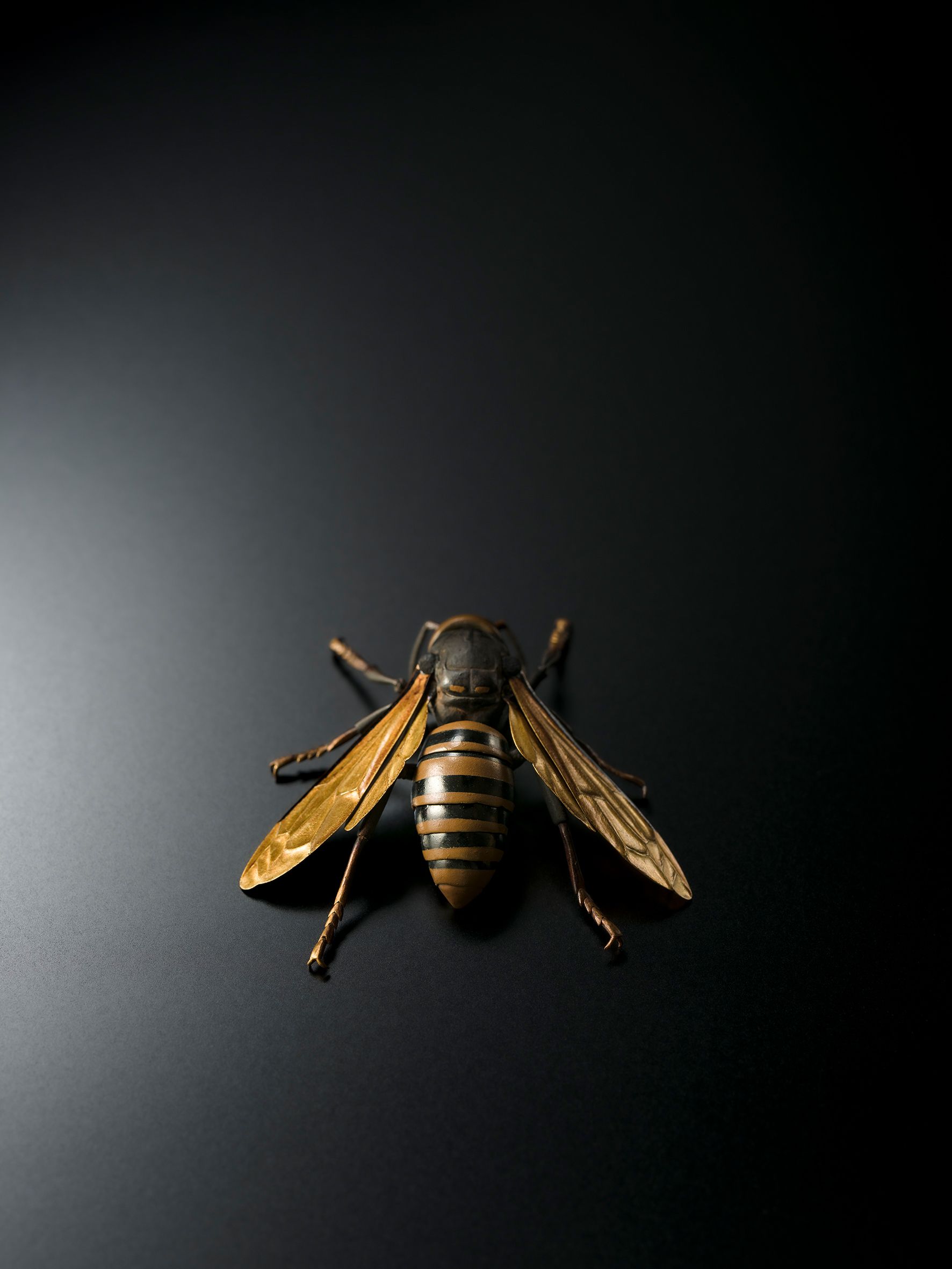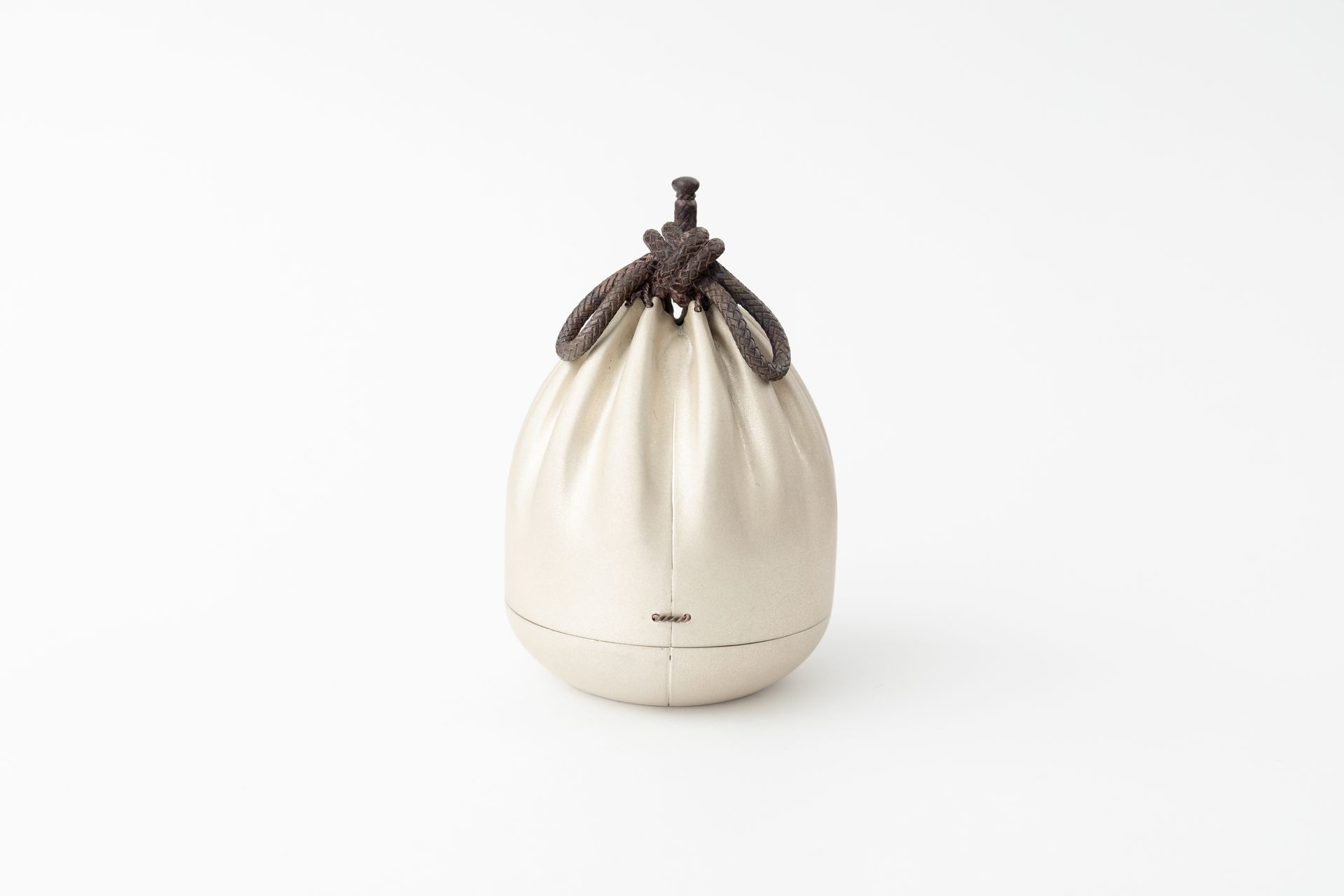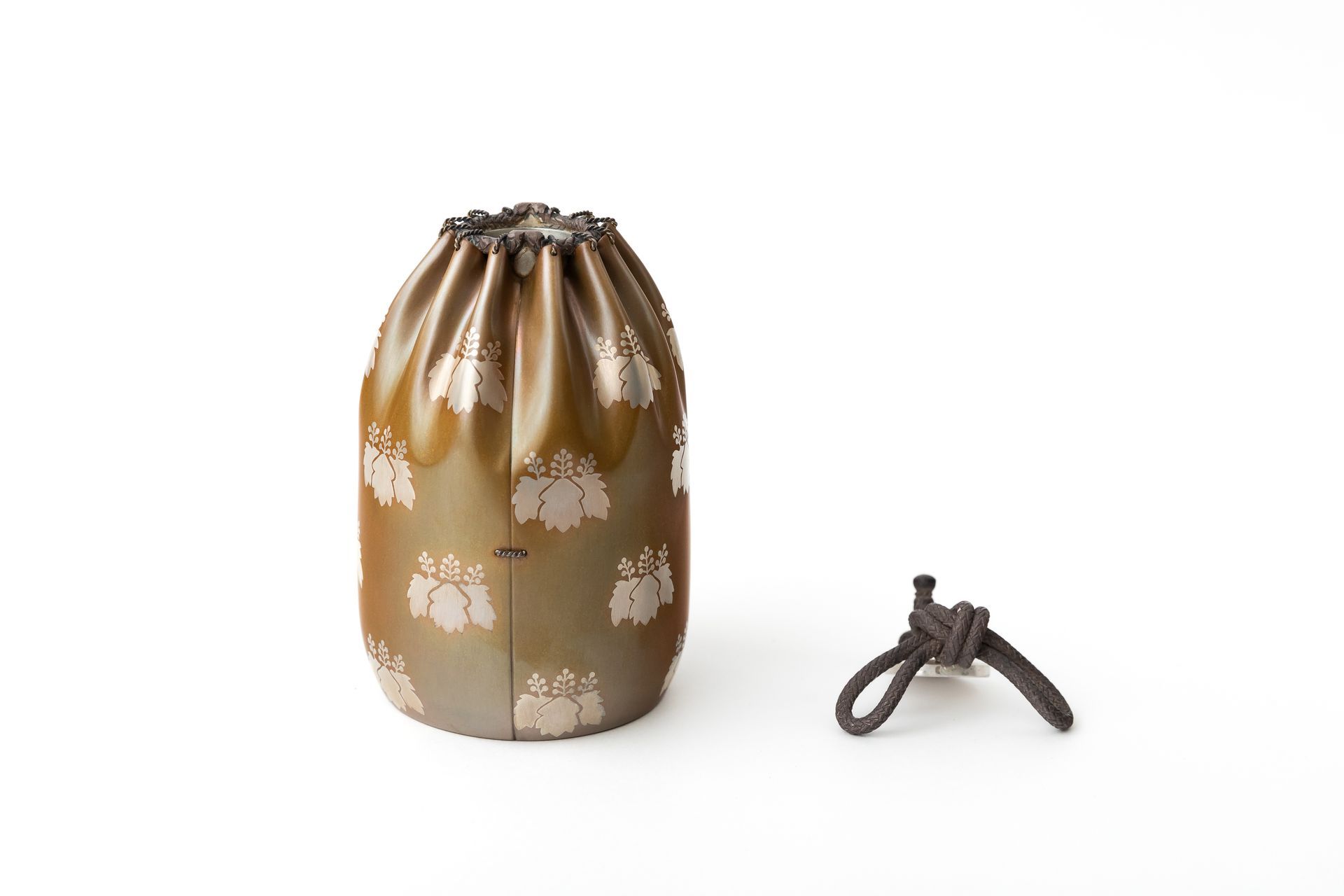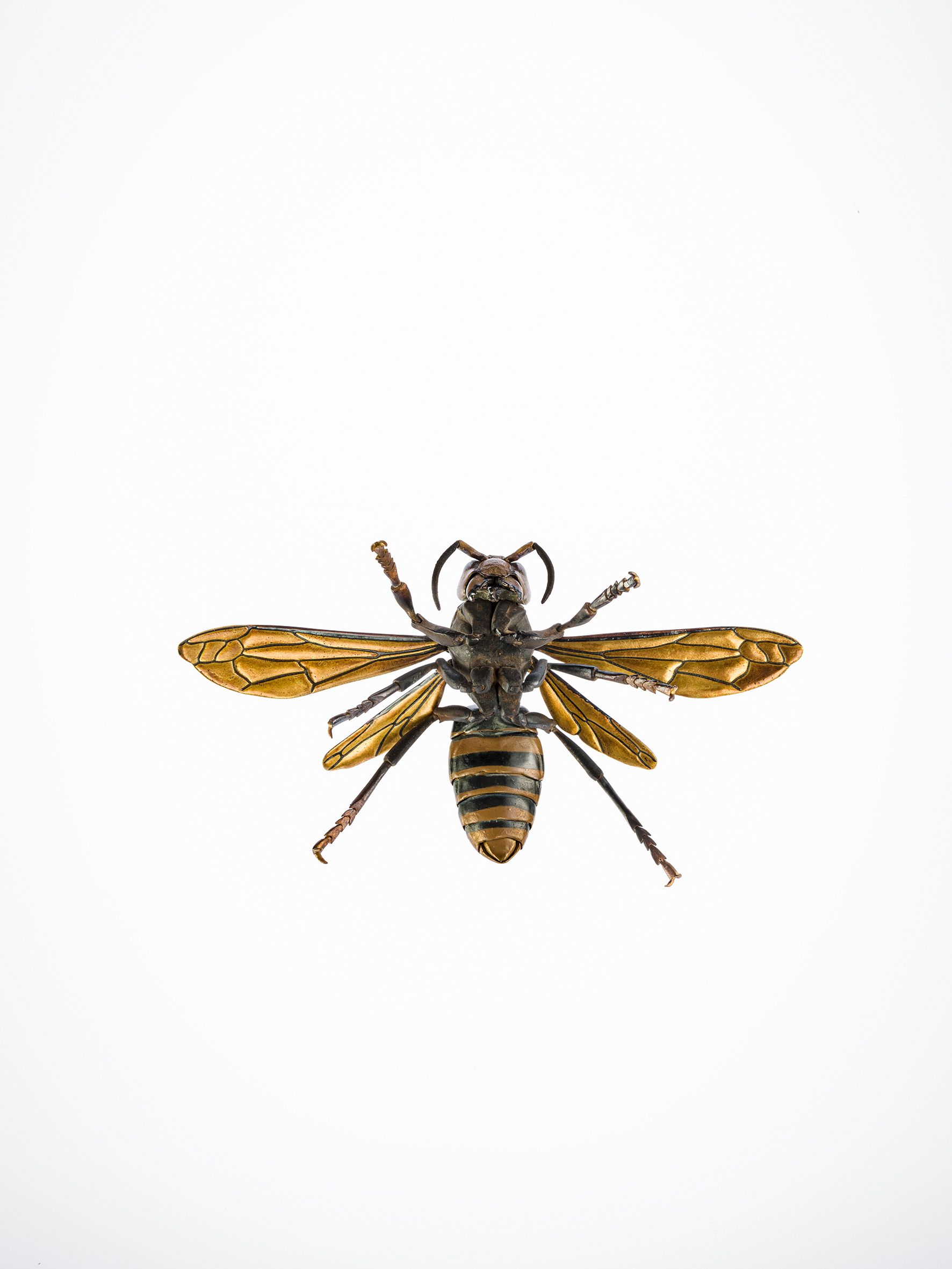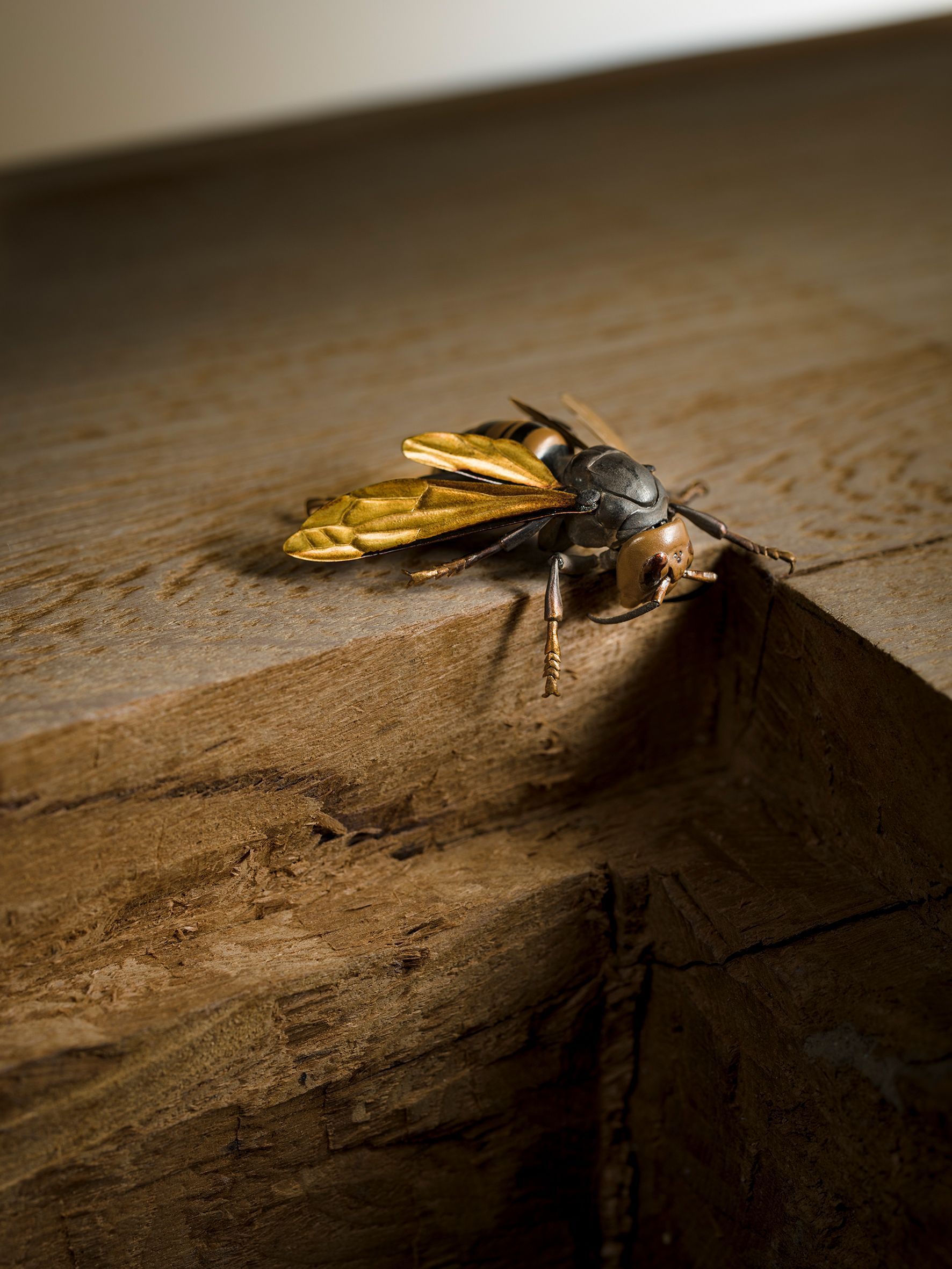Sudo applies his rarefied expertise and unique understanding of Japanese aesthetics to create original works of functional artist crafts.
Hiraku SUDO
Metal Work・ Kyoto
-
Artist's Story
A metal arts craftsman of the highest caliber, Sudo began his career by studying with a sixth generation metal master in Kyoto. After establishing his own independent studio a decade ago, he has continued growing his skills by challenging himself to repair nearly 1500 vastly different antique Japanese masterworks, one after another. These repairs demanded significant research since many original fabrication methods had long been lost. This demanding and meticulous repair work has, in turn, helped him develop an intimate understanding of the techniques used by the hundreds of master artisans who created those works. Today, Sudo applies his rarefied expertise and unique understanding of Japanese aesthetics to create original works of functional artist crafts. Sudo is committed to applying his vast knowledge and the honing of his creative skills in order to advance traditional metal craft decorative techniques for the 21st century.
-
About the Craft
· Japanese metal crafts are especially prized for their precision, durability, and artistic beauty.
· Japanese metalworking dates back over two millennia, originally for the creation of farm tools. Later, it came to include samurai swords, food cutlery and both decorative and functional items.
· Sand Casting: Molten metal is poured into molds made from silica-rich sand to create such things as Buddhist temple bells and early statuary.
· Fukiwake: Various artistic patterns can be achieved by carefully timing the pouring of contrasting kinds of molten metal into a mold.
· Forge welding is a tool-making process where two different kinds of metal are heated and hammered into one. (most commonly high-carbon steel and iron.)
· Hammering technique transforms pieces of metal into thin sheets.
· Shibori relies on anvils, against which thin metal sheets are hammered into various shapes.
· Horimono is an engraving process that adds artistic appeal. It can also serve to lighten or enhance blade balance in sword-making.
· Uchidashi is an embossing technique that produces three-dimensional surfaces on sheet metal through hammering on the reverse side.
· Chasing is another embossing technique where three-dimensional surfaces are produced on sheet metal through hammering on the front side.
· Mokumegane produces a pattern similar to wood grain by manipulating welded layers of different metals through hammering, forging, and carving.
· Zogan involves inlaying one metal into another.
· Hira zogan is where the base metal and inlaid portion are flush with each other
· Ito zogan is where silver or gold threads are inserted into fine incisions
· Suemon zogan is a high relief design created by soldering metal to a surface.
· Sumi zogan work appears like an ink painting
· Taka zogan is mound inlay is the inlay of high relief forms
· Openwork inlay involves soldering metal together so the same pattern appears on both the front and back of the piece.
· Cloth inlay uses a chisel to create fine lines that have a textile-like texture.
· Cloissonne involves filling incised areas with colored enamels.
-
Button
Part of a series of works using various rarefied metal-working techniques to create tea caddies for the Way of Tea that mimic intricate silk weaving processes.
-
Button
Part of a series of works using various rarefied metal-working techniques to create tea caddies for the Way of Tea that mimic intricate silk weaving processes.
-
Button
Part of a series of works using various rarefied metal-working techniques to create tea caddies for the Way of Tea that mimic intricate silk weaving processes.
-
Button
Part of a series of works using various rarefied metal-working techniques to create tea caddies for the Way of Tea that mimic intricate silk weaving processes.
-
Button
Part of a series of works using various rarefied metal-working techniques to create tea caddies for the Way of Tea that mimic intricate silk weaving processes.
-
Button
Part of a series of works using various rarefied metal-working techniques to create tea caddies for the Way of Tea that mimic intricate silk weaving processes.
-
Button
Part of a series of works using various rarefied metal-working techniques to create tea caddies for the Way of Tea that mimic intricate silk weaving processes.
-
Button
Part of a series of works using various rarefied metal-working techniques to create tea caddies for the Way of Tea that mimic intricate silk weaving processes.
-
Button
Part of a series of works using various rarefied metal-working techniques to create tea caddies for the Way of Tea that mimic intricate silk weaving processes.
-
Button
Part of a series of works using various rarefied metal-working techniques to create detailed replicas of various insects, with both moving joints and wings. This is a rhinoceros beetle.
-
Button
Part of a series of works using various rarefied metal-working techniques to create detailed replicas of various insects, with both moving joints and wings. This is a kind of wasp.
-
Button
art of a series of works using various rarefied metal-working techniques to create detailed replicas of various insects, with both moving joints and wings. This is a kind of wasp.
-
Button
art of a series of works using various rarefied metal-working techniques to create detailed replicas of various insects, with both moving joints and wings. This is a kind of wasp.

